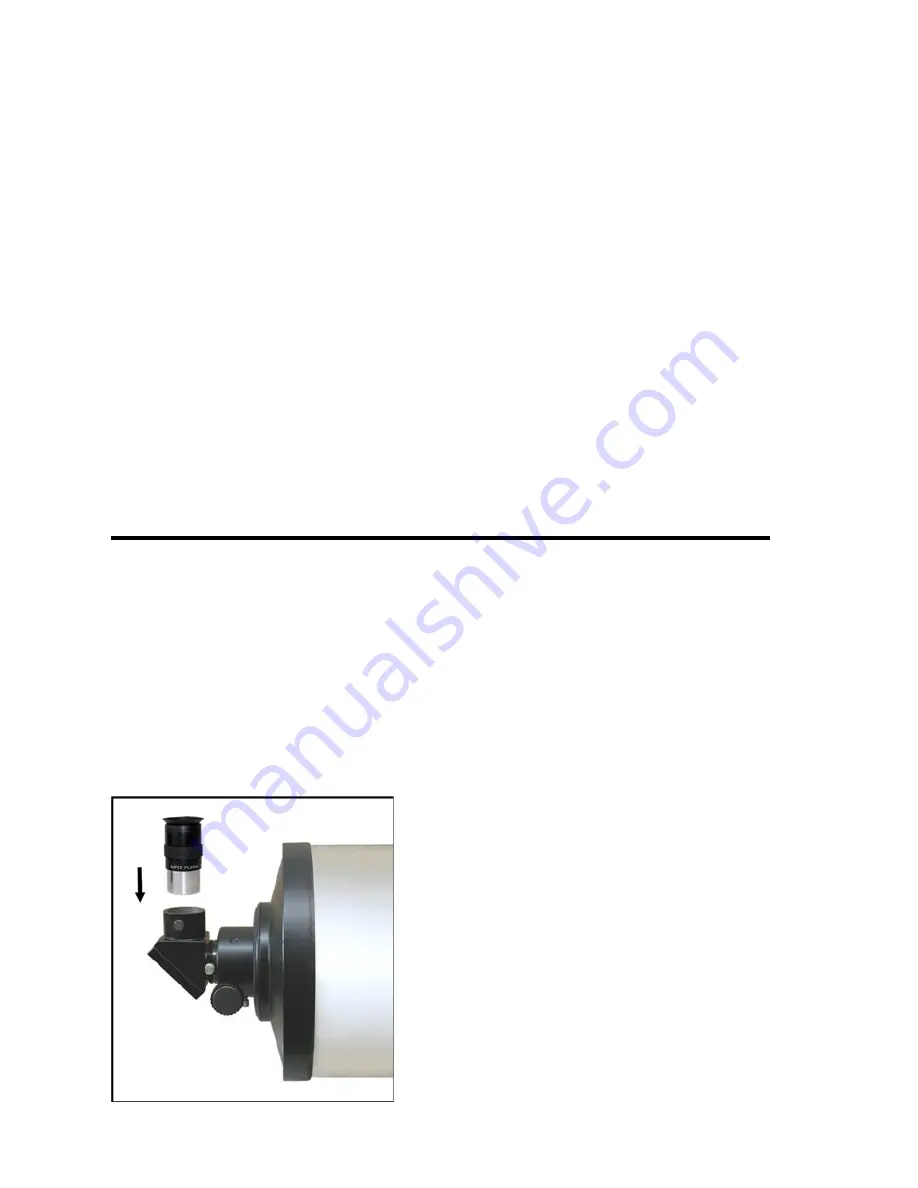
9
ObSErVAtIONS
Point the telescope at any chosen
object, and do some coarse
adjustments to put it in the finder
scope field of view. Then center the
object using slow motion controls
– first in the finderscope and then
in the main telescope field of
view, when observing through the
eyepiece.
Use focus knobs to focus, when
changing eyepieces.
Provided eyepieces give several
magnification options for an
observer.
VISUAl ObSErVAtIONS
When using higher magnification not only the visible image size
appears larger in the telescope, but also blurring and distortion
of the image, star twinkle, caused by atmosphere become more
significant.
To achieve maximum stability of the visible image and best
performance of the telescope, all parts of the telescope need to reach
thermal equilibrium with the ambient air.
Please note that some nights could have bad observation conditions
because of the atmospheric turbulence. Even observing fine Moon
surface details can be difficult.
Avoid observations through a window, because of the window glass
aberrations, and temperature differences between inside and outside
air, which will cause images to look blurred and distorted.
Put a soft cover on the telescope and its power supply after
observations, or to protect it from rain/snow.
























